Truck Cargo Theft and How to Prevent It
Cargo theft is defined as criminal taking of any cargo goods from a commercial load of freight.
The products transporting among the point of origin and the ending destination are being visible to mistreatment by highly motivated thieves.
COMMON WAYS FOR TRUCK CARGO THEFT
Cargo at rest is cargo at risk.
Therefore, thieves take advantage of those situations when cargo is left unattended.
The most common ways for cargo theft that truck drivers should be aware of are:
➥ Unsecured Truck
In accordance with the HOS regulations, drivers are obliged to take rest breaks.
Whenever a truck is left alone, it is becoming an easy target.
That’s why the cargo is very often stolen at truck stops, unsafe yards or parking spaces.
Thieves tend to hijack the truck and drive off with the cargo.

➥ Burglary
Burglaries involve going in a truck plot, commercial park, or other facility and entering a truck trailers by force in an exploration for supplies to steal.
Sophisticated thief technologies may include cutting holes on the roof of the trailer and target specific products through special operation with adequate equipment.
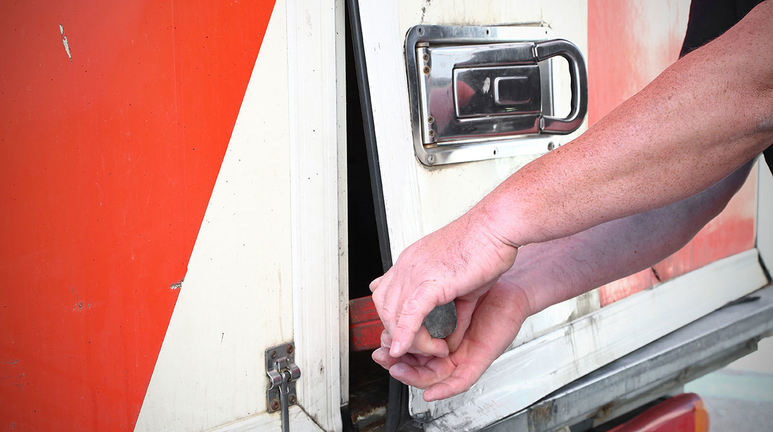
➥ Grab and run
Grab and Run technique is mostly being used on trucks transporting a high-value cargo like technology and electronic devices.
Thieves travel behind the targeted truck waiting for the truck to stop.
As soon as the truck stops, thieves forcibly break in the trailer and unload as much as products they can.
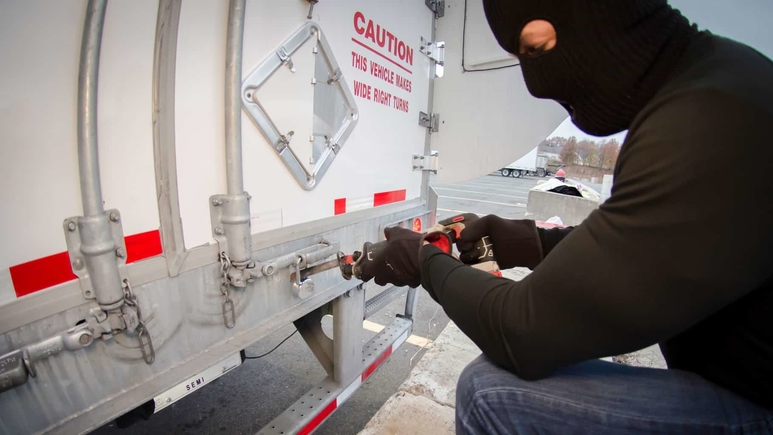
➥ impersonating another carrier
Thieves these days are more intelligent than ever.
Carrier fraud is a method of identity theft when a fraudulent carrier presents themselves as a legitimate carrier to steal a load.
In this set-up, the truck that picks up the load shows the expected carrier’s information.
One more tactic that thieve use is finding out when the carrier is coming for the load.
They arrive before the pick-up time pretending to be the carrier before the real driver arrives.
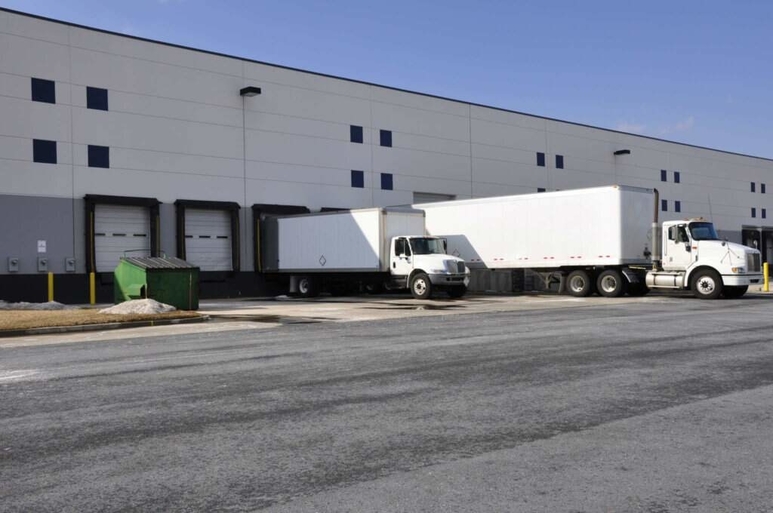
➥ Pretending to be a legitimate carrier
Thieves can use a made-up carrier name with a fake credentials to takeover the shippers` loads.
With this kind of fraud, thieves are able to steal full truckloads.

TRUCK CARGO THEFT STATISTICS
The statics show that the average number of cargo thefts has been increased through the years.
So, asking where the cargo theft mostly occurs, the answer is EVERYWHERE.
But there are also states where is noted the highest frequency of cargo theft.
Those states are Florida, California and Texas with an average of 63 cargo thefts per month.
According to Cargo Net’s recent research, the largest segment of total stolen cargo were consumable goods, computer electronics, beverages, domestic goods and building materials.
Each year, the stolen cargo`s estimated cost is from $15 to $30 billion-dollars.
The average loss value per incident is $254,800.
The No. 1 target for shipment thieves are truck stops.
Second target location is the warehouse because of the high volume of products in one location.
Additionally, 49% of thefts happen between Friday and Sunday.
That number is rising during the holidays.
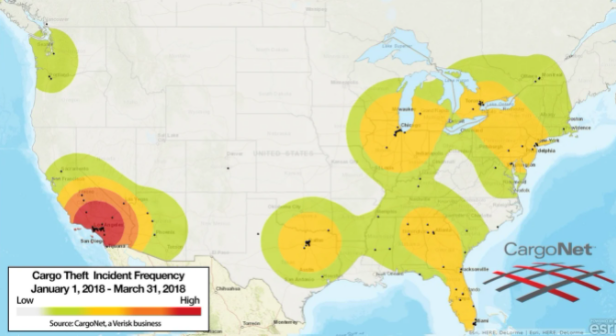
How to prevent cargo theft
• Keep the drop-off location secret
Companies should create policies where employees shouldn`t spread out the cargo`s destination.
If thieves understand where the cargo is headed, it will make it easier for them to target it.
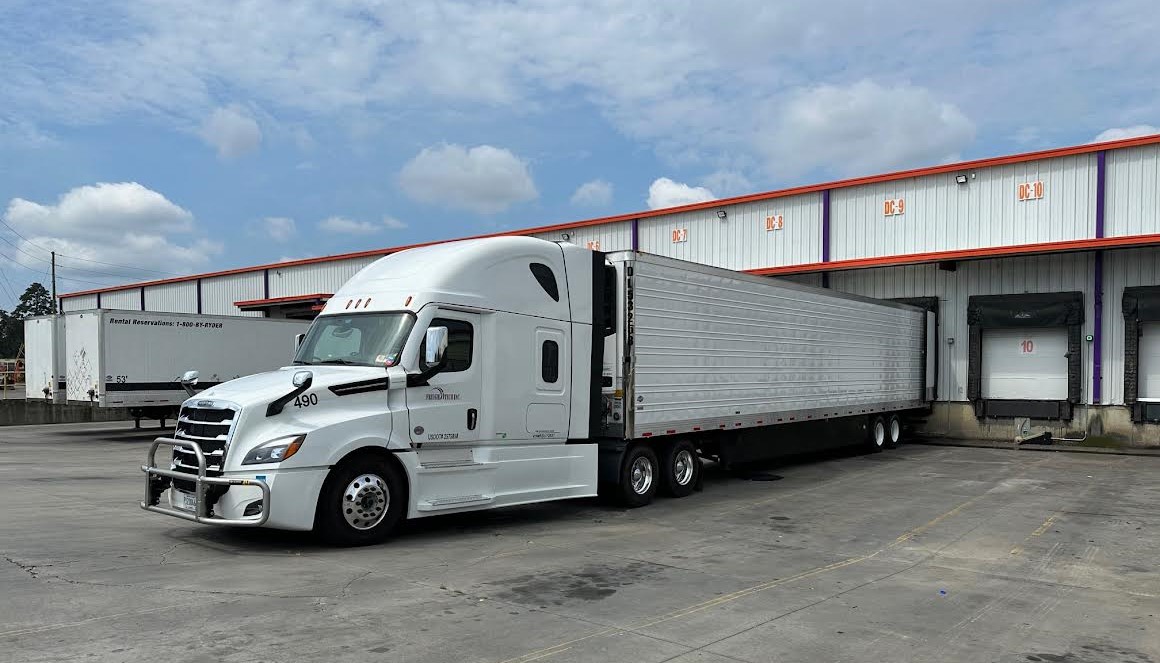
• Lock your truck
Before leaving the truck, always make sure the truck is locked.
Also, check the doors before exiting.
Most truck door locks must be padlocks created on how the trailer door lock up.
Padlocks on the trailer doors can prevent cargo theft hugely.
Trailer doors can use hardware with a cam action side-bar that attaches into place with a hasp.
In order to lock the doors, a padlock must be positioned on the hasp.
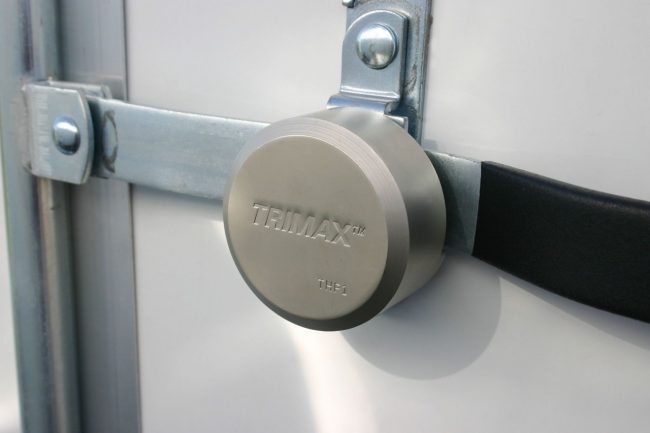
• Avoid highly concentrated spots and times
Cargo theft mostly occurs in six states and in specific times and truck stops.
Thefts are more common on weekends and holidays.
Truck drivers should be informed where cargo thefts frequently occur so they would be more cautious.
In 2020, there were 422 cargo theft incidents registered in Texas.
The same year, the top four states for cargo thefts after Texas were California, Florida, Michigan and Mississippi.

• Park safely
Drivers can reduce the risk of cargo theft if they park the truck at the secure parking location.
Finding a safe parking spot is a constant concern for truck drivers all throughout the country.
Truck drivers should be informed of the safe parking facilities; they should use mobile apps to find an available parking and also park at a place with a good lighting and surrounding.
If someone notices a suspicious activity, they should be able to report it.
Implementing the safety precautions of parking safely can significantly lower the risk of cargo theft.

• Technology devices
1. SafeFreight Alarm Device
It activates whenever an unauthorized attempt of opening the truck door occurs.
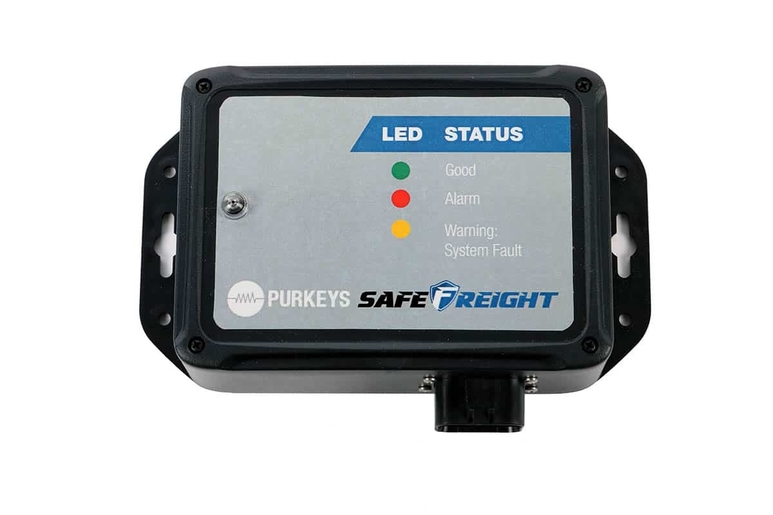
2. Pro-Vision Video Systems
The Pro-Vision Video System detects any movement happening inside and outside of the truck.
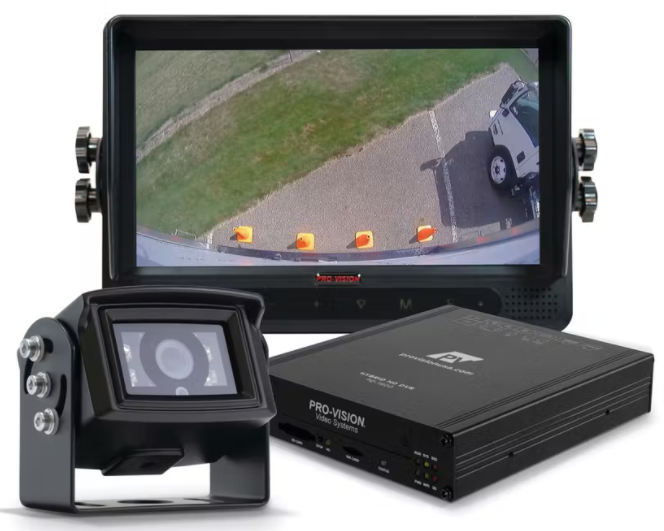
3. External Flashing LED Light
The external weather resistant flashing LED light adds a visual effect and easily deters away the thieves.
It easily powers by the sunlight.

4. GPS Tracking System
The GPS Tracking System is able to show the cargo`s location in a real time.
It notifies when an equipment leaves a location, which can be an indicator of a cargo theft.
![]()
Final words
Where there is a transport of goods, there is always a possibility of theft.
Truck drivers should always be cautious and implement the safety measures to prevent cargo theft.


